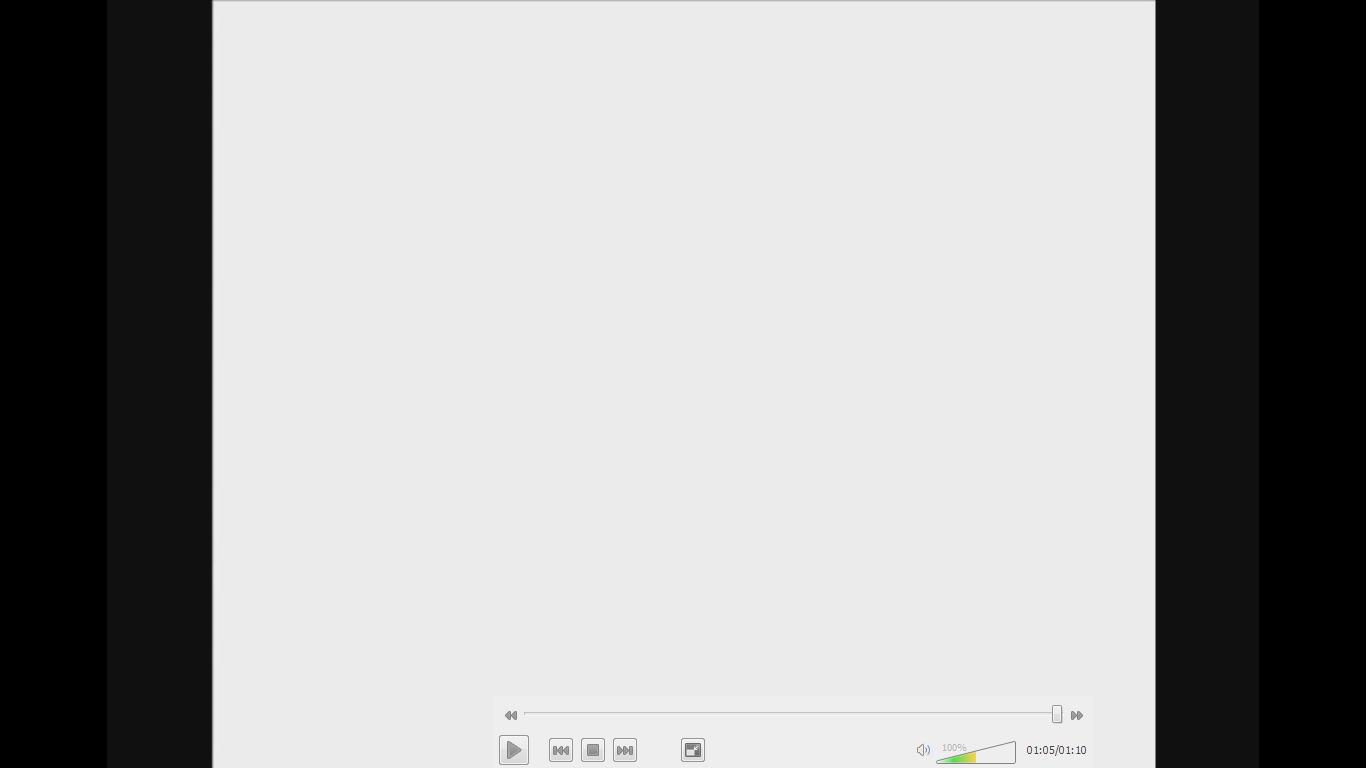Documentation:Video
You can play video files, video clips and other video media using the VLC media player. You can resize, change aspect ratio, crop videos, load subtitles, deinterlace, save snapshots, and convert videos to DirectX wallpaper.
Video tracks of the .asf, .avi, .divx, .dv, .mxf, .ogg, .gm, .ps, .ts, .vob, and .wmv formats are supported.
Contents
Playing a Video Track
There are two main ways to open and play a video track:
- Select Open File from the Media menu.
2. Select a video track and double-click it or click the Open button.
The selected track will play.
Loading Subtitle Tracks
A subtitle is a textual version of a movie’s dialogue. Subtitles are helpful if you are viewing a movie that contains foreign language(s). You can load subtitles for video tracks. Subtitles of the formats .cdg, .idx, .srt, .sub, .utf, .ass, .ssa, .aqt, .jss, .psb, .rt and smi are supported.
VLC can read subtitles for the media formats such as DVD, SVCD, OGM files, and Matroska (MKV) files.
To enable the subtitle for a track:
- Select Open File under the Subtitle menu item from the Video menu. The Open Subtitles File dialog box is displayed.

- Locate the file which contains the subtitle and click on Open. The subtitles are displayed.
For more details, see Documentation:Subtitles.
Full Screen
This option is useful if you want to watch the video in the full screen mode.
- Select Full Screen from the Video menu. The video will then occupy the entire screen.
- To return to the original mode, press Esc on the keyboard or right-click the mouse and select the Leave Full Screen option. The video will then return to its original mode.
Note: When you switch to full screen, the controls may appear for a short period of time. To restore the controls after they disappear, move the mouse or press any key on the keyboard.
Always on Top
This option is useful if you want the VLC media player to remain on the top of the screen always when other applications or files are open.
- To make the VLC media player appear on top of the screen, select Always on Top from the Video menu.

- If you do not want VLC to appear on the top of the screen, select the Always on Top option from the Video menu and manually minimise the VLC application.
DirectX Wallpaper
This option is useful if you want to display the video which is being played as your desktop wallpaper.
To view the current video file as wallpaper
- Select Advanced File Open from the Media menu. The Open Media dialog box is displayed.

- Select a file and click
 Play.
Play. - Select DirectX Wallpaper from the Video menu.
The wallpaper mode will then display the video as the desktop background.
Note: that this feature works only if you deactivate the overlay under Windows XP.
Snapshot
This option is useful if you want to capture a portion of the video as an image.
- Select Advanced File Open from the Media menu. The Open dialog box is displayed.
- Select a file and click
 Play.
Play. - To capture an image from the video, select Snapshot from the Video menu.
The image is captured in the .png picture format and is saved in the C:\My Pictures folder by default (C:\Users\Username\Pictures).
Zoom
You can enlarge videos in different sizes. This option is useful if you want to change the size of a video track which is being played. The supported sizes are 1:4 Quarter, 1:2 Half, 1:1 Original (default) and 2:1 Double.
To view a video in a particular dimension, select a dimension from Zoom in the Video menu. The track is then resized based on the selected zoom ratio.
Aspect Ratio
Aspect ratio refers to the width of a picture in relation to its height. For example, the ratio 4:3 means four units wide to three units high. VLC provides a list of aspect ratio values which are Default, 1:1, 4:3, 16:9, 16:10, 2.21:1, 2.35:1, 2.39:1 and 5:4.
To select an aspect ratio, select a value from Aspect Ratio in the Video menu. The video is then adjusted based on the selected ratio.
Crop
This option is helpful if you want to capture a small portion of a video as an image. This also helps crop the black bars of the top and bottom of a video.
The cropping values that are supported are Default, 16:10, 16:9, 1.85:1, 2.21:1, 2.35:1, 2.39:1, 5:3, 4:3, 5:4, and 1:1.
To crop a video that is played, select a value from Crop in the Video menu. The video is then cropped based on the selected value.
Deinterlace
Deinterlace refers to a process where interlaced video signals are converted into non-interlaced signals. VLC provides the Discard, Blend, Mean, Bob, Linear, X, Yadif and Yadif (2x) deinterlacement modes.
- Select Deinterlace from the Video menu and choose the appropriate setting.
- To change the deinterlacement mode select 'Deinterlace mode' is the Video Menu
- Select a mode and observe the change in the video being played.
Please read the Documentation Editing Guidelines before you edit the documentation


